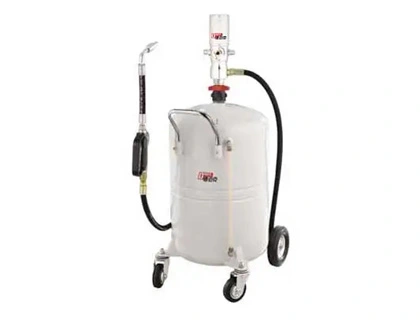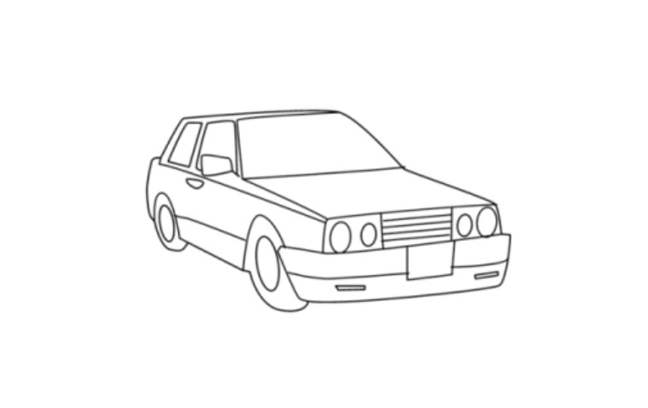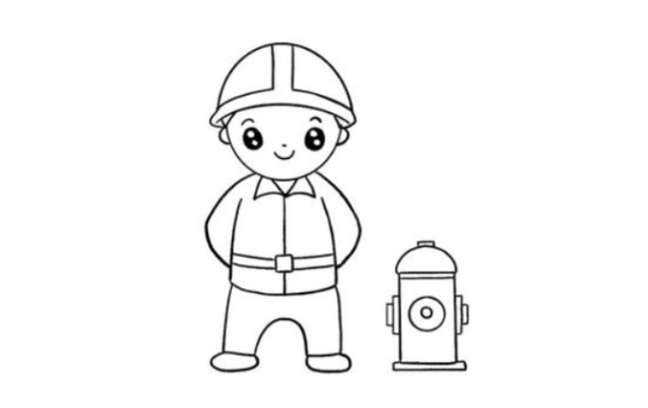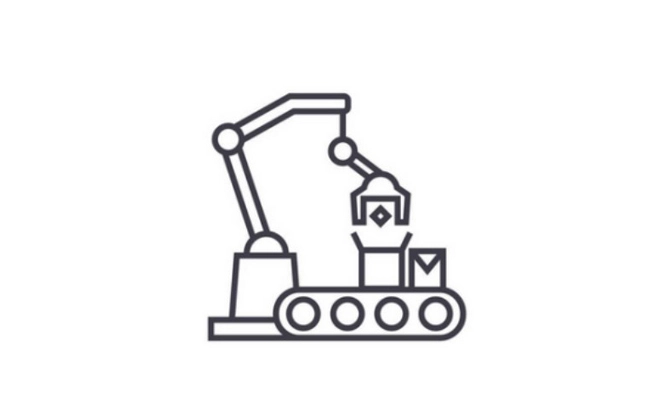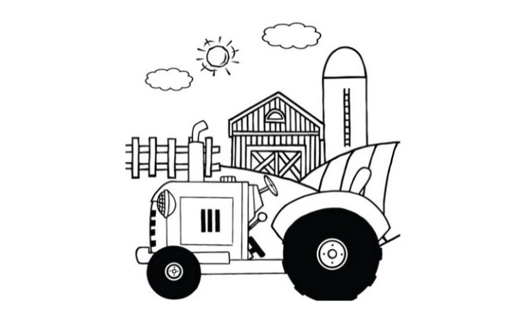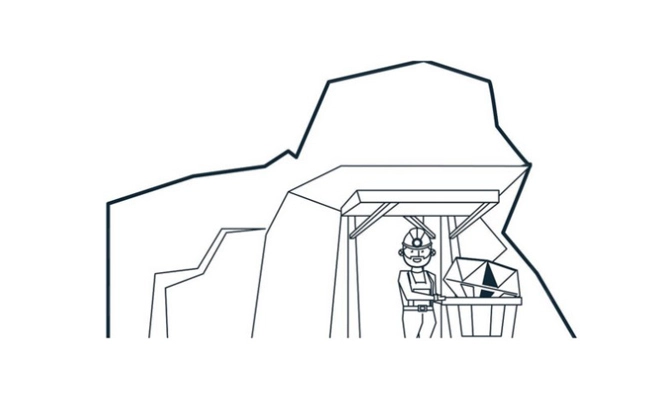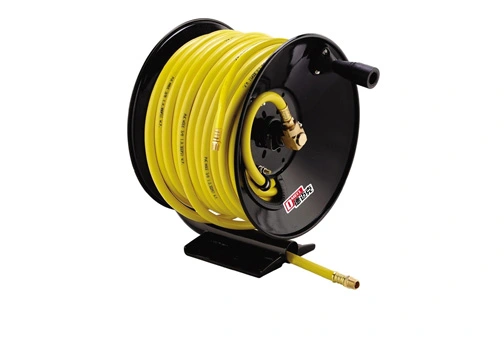English
-
Hose Reels
- Air Hose Reel
- Welding Hose Reel
- Retractable Cable Reel
- Garden Hose Reel
- Heavy Duty Hose Reel
- Grease Hose Reel
- ADBlue/DEF Hose Reel
- High Pressure Water Hose Reel
- Hand Crank Hose Reel
- Industrial Hose Reel
- Retractable Economical Hose Reel
- Retractable Enclosed Painted Hose Reel
- Stainless Steel Hose Reel
- Accessories & Connection Kits
 EN
EN











